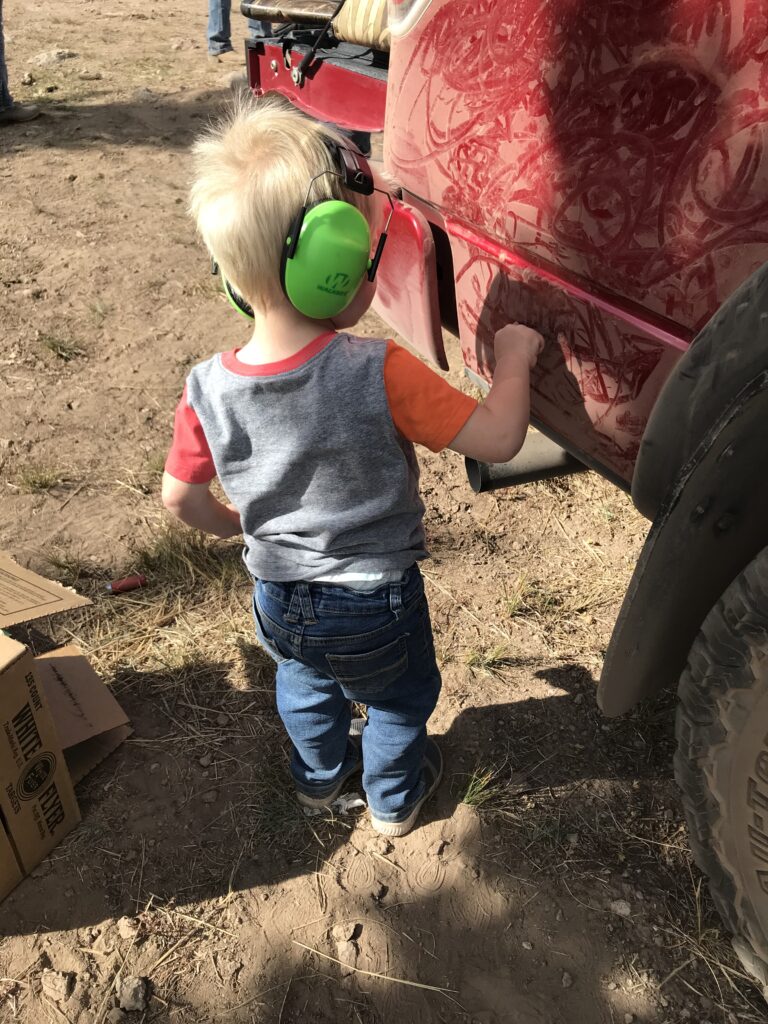How to Teach Math at Home for Preschoolers
How to teach math at home for preschoolers. This post is based on the Mathematics Standards found in Utahs Early Childhood Core Standards.

Math is a way of thinking about patterns, relationships, and seeking multiple solutions to problems. There are opportunities to learn math all around if we notice them.
What your child should be learning
Sometimes it can be tricky to know exactly what math skills children should be learning about. In the rest of this post, I have broken down the important skills preschool age children (3-5 years old) should be learning related to math.
Counting and Cardinality
-Know number names and the count sequence
- Begin to count to 20 by ones.
- In the sequence of 1-10, understand that there is a sequence, and numbers come before or after another number.
- Recognize the difference between letters, numbers, and other symbols.
- Count a number of objects 0-10, and associate them with written numeral.
-Count to tell the number of objects
- Recite numbers in the correct order and understand that numbers have a correct sequence.
- Understand the relationship between numbers and quantities; connect counting to cardinality.
- Use one-to-one correspondence when counting objects.
- Develop the ability to respond to the question “how many?” after counting the objects in a set (beginning cardinality)
- Understand that each number name in the sequence 0-10 means one more.
- Count objects 0-10 arranged in a number line.
-Compare numbers
- Visually identify or count to determine which of two sets has more objects.
- Recognize the difference between letters, numbers, and other symbols.
- Associate quantities with written numerals 1-10.
Operations and Algebraic Thinking
-Understand addition as putting together and adding to, and understand subtraction as taking apart and taking from.
- Explore how adding to and/or taking away objects changes the size of the group.
- Explore adding and taking away with concrete objects and patterns. (fingers, blocks, dominos, toys)
- Begin to explore adding and taking away of objects in a set.
- Explore how adding objects makes the size of the group larger.
- Explore how removing objects makes the size of the group smaller.
- Solve an addition problem by combining (adding) two or more sets of objects to find out how many in all. (within 5)
- Solve a subtraction problem by removing (subtracting) objects from a set of up to 5 objects.
- Explore different ways a set of objects can be decomposed within 5.
- Explore different ways sets of objects can be combined to make a new set within 5.
- Say the number created by combining (adding) or removing (subtracting) objects within 5.
- Duplicate, extend, and create simple patterns.
Measurement and Data
-Describe and Compare measurable attributes
- Understand and describe measurable attributes (how big, how long, how tall, how heavy.)
- Compare simple data (likes/dislikes, number of boys/girls in family)
- Describe objects using vocabulary specific to measurable attributes. (length [long/short], weight [heavy/light], size [big/small], distance [close/far]).
- Organize data to make simple graphs using words; same, more, less.
- Compare objects using measurable attributes (length [longer/shorter], weight [heavier/lighter], size [bigger/smaller])
-Classify objects and count the number of objects in categories
- Classify objects into given categories; count the number of objects in each category and sort the categories by count.
Geometry
-Identify and describe shapes
- Identify basic shapes by name and in the environment.
- Identify and name basic shapes regardless of their orientations or size.
- Begin to recognize basic shapes as two dimensional (flat) or three dimensional (solid).
-Analyze, compare, create, and compose shapes
- With prompting and support, describe basic two- and three- dimensional shapes.
- Create basic shapes using media and basic drawing tools.
- Explore combining basic shapes to create new shapes.
How to Teach Math at Home for Preschoolers
You support your child’s mathematical learning when you:
-Give your child time to explore.
-Model and encourage mathematical language.
-Use mathematical language to extend your child’s understanding within the context of their experiences (EX: Do you want your cup half full of milk or half full of water? Would you like more or fewer grapes than I have?)
-Integrate mathematical experiences, including stories, chants, and songs such as “Five Little Speckled Frogs”, “Five Little Ducks”, and “Three Billy Goats Gruff” to focus on and reinforce mathematical concepts.
-Integrate mathematics throughout the day by counting snacks, and naming shapes.
-Explore mathematics using a variety of experiences such as in the tub, sensory activities, or large motor play.
In my online Early Childhood 101 course, I break down all the learning that is happening during the preschool years, how you can support that learning, and activities to try. Check it out!